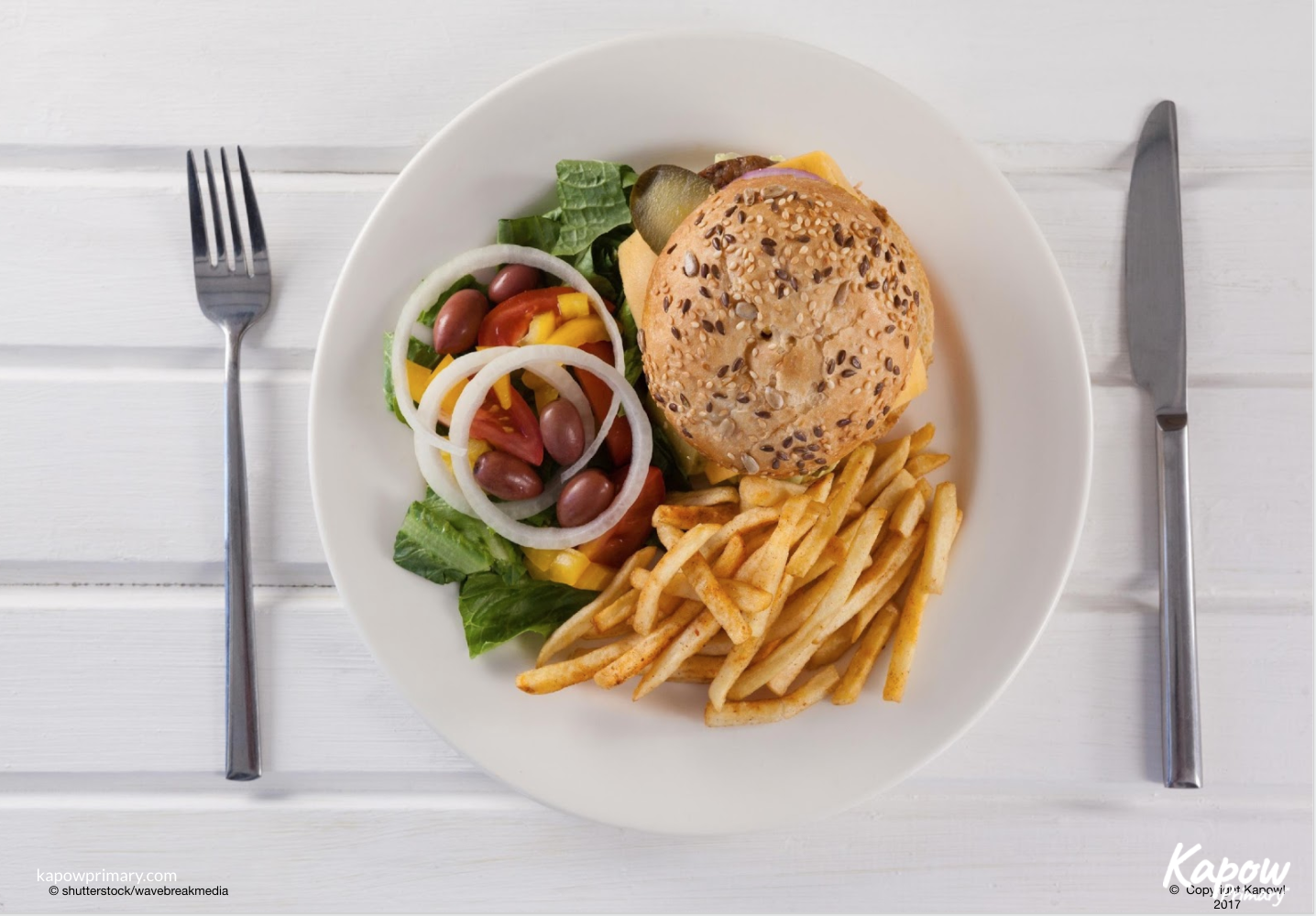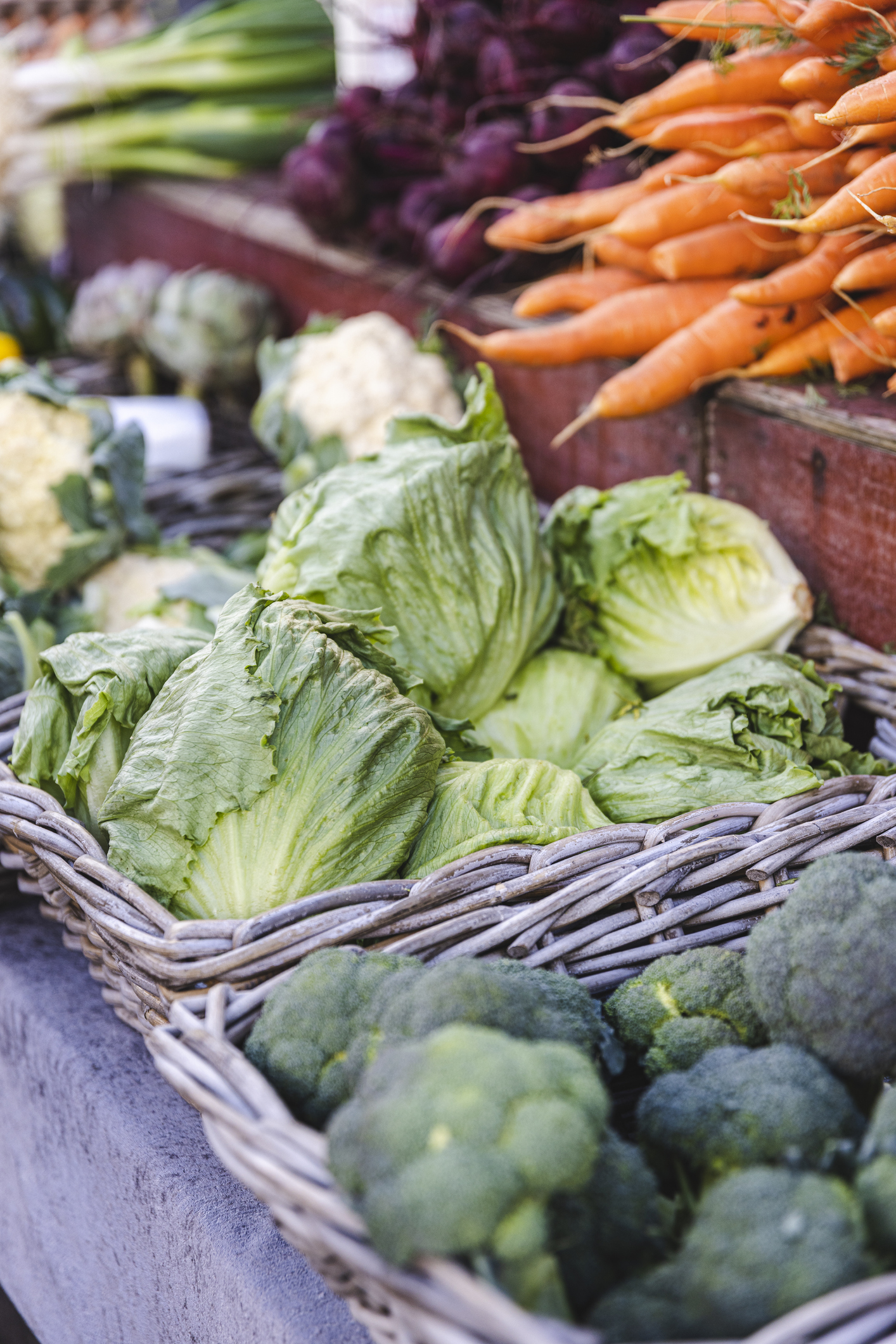Learning objectives
Knowledge
- To explain what makes a balanced diet.
Science in action
- To explore how knowledge has progressed over time and how different jobs use this information.
Success criteria
Knowledge
- I can give
This content is for subscribers only. Join for access today.
National curriculum
Science
Animals, including humans
This content is for subscribers only. Join for access today.
Cross-curricular links
English
Spoken language
Pupils should
This content is for subscribers only. Join for access today.
Before the lesson
This content is for subscribers only. Join for access today.
Lesson plan
Recap and recall
Display slide 1 of the Presentation: Nutrient or food group? and ask the children to decide if each example is a nutrient or a food group.
This content is for subscribers only. Join for access today.
Extended-mode explainer videos
How to extend your display to view the lesson page and preseantion mode simultaneously. Choose your operating system below to watch the video
If you need further support with extending your display,
please contact [email protected].
Extended-mode explainer video: For Mac
Extended-mode explainer video: For Windows
Adaptive teaching
Pupils needing extra support
Could work in pairs to share the workload of designing a balanced and unbalanced meal; should use the Resource: Knowledge organiser: Science – Movement and nutrition to support the Main event activity.
Pupils working at greater depth
Should consider the proportions of the nutrient groups on each side of the plate when evaluating which is the most balanced meal; could apply their knowledge of fractions to help explain the proportions of different nutrient groups within a meal; could consider if one side of the plate is more suited to a particular group of people than others or how the choices would compare for different people (for example, vegetarians or religious dietary requirements); could choose an extension activity to revise the unit from the Resouce: Stretch and challenge: Movement and nutrition.
This content is for subscribers only. Join for access today.
Assessing progress and understanding
Pupils with secure understanding indicated by: comparing two different meals; explaining which
This content is for subscribers only. Join for access today.
Knowledge outcomes
- I can recall a range of nutrient groups: carbohydrates, protein, fat, fibre, vitamins, minerals and water.
- I can recall which nutrient groups we should have the most or least of; for example, we should have lots of fruit and vegetables in our diet as they contain fibre, carbohydrates, vitamins and minerals.
- I can decide that a meal is balanced because it contains most or all seven nutrients in the correct amounts.
This content is for subscribers only. Join for access today.
Vocabulary definitions
-
balanced diet
A diet that includes all seven nutrients in the right amounts.
-
carbohydrate
A nutrient needed for energy.
This content is for subscribers only. Join for access today.




